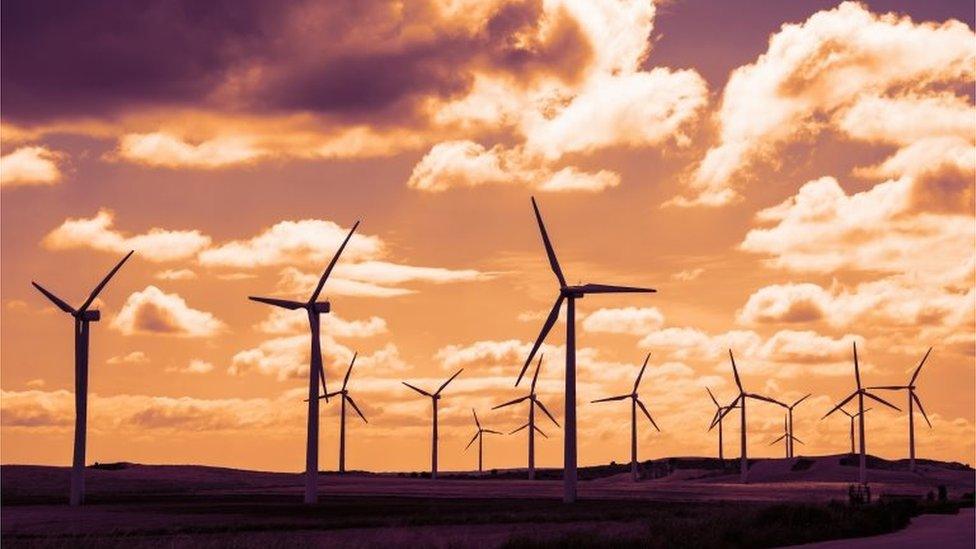Solar park means farm land will be lost says residents
- Published
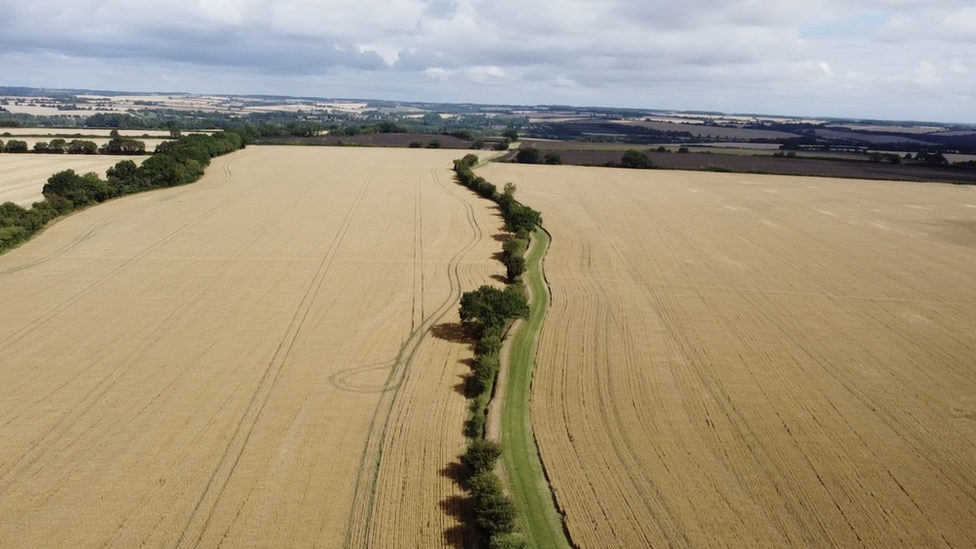
The solar farm would be built on land at Belchamp St Paul village in Essex
A solar farm planned for the border of Suffolk and Essex which would cover about 65 football pitches has sparked concerns about its impact.
British Solar Renewables wants to use about 50 hectares (120 acres) of land north west of the village of Belchamp St Paul, near Sudbury, for the project.
The proposed solar farm could generate enough energy to power 12,500 homes a year.
But residents say the site's size and the loss of arable land is concerning.
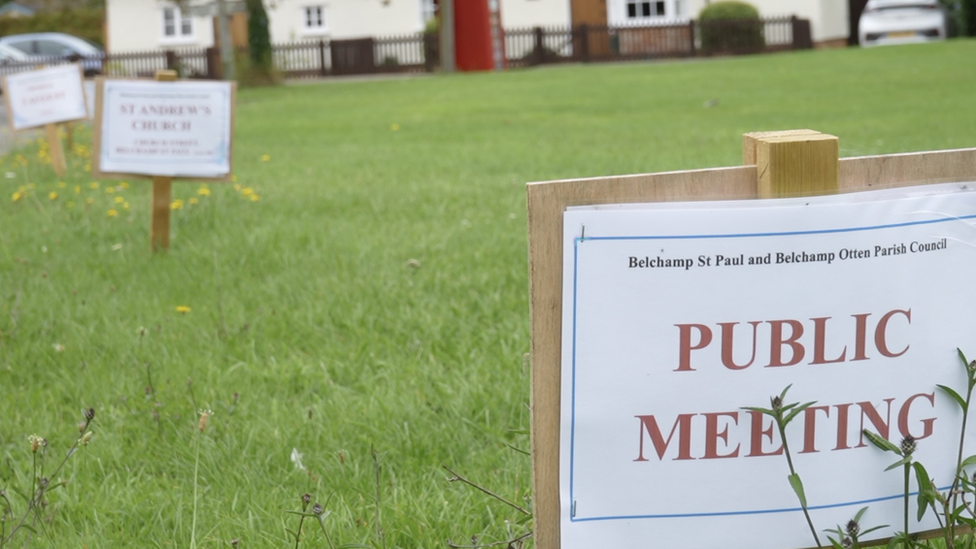
A public meeting was held on Thursday night by Belchamp St Paul and Belchamp Otten Parish Council
Local people have until 27 August to register opinions about the scheme with the local parish council.
The energy firm's application will then be looked at by Braintree District Council.
Resident Jenny Montier said a meeting held on Thursday night was attended by about 70 residents.
"The loss of valuable agricultural land and food security was the main issues that people are worried about."
British Solar Renewables, external said the 49.99MW capacity farm would help meet government targets to become less dependent on foreign imports.
It would have a lifespan of 40 years before the land it was on was returned to arable use.
If permitted, it could mean two large solar farms being built within some 1.8 miles (3km) of each other after permission was granted in 2020 for a 22MW solar farm on land off Pentlow Hill in Essex.
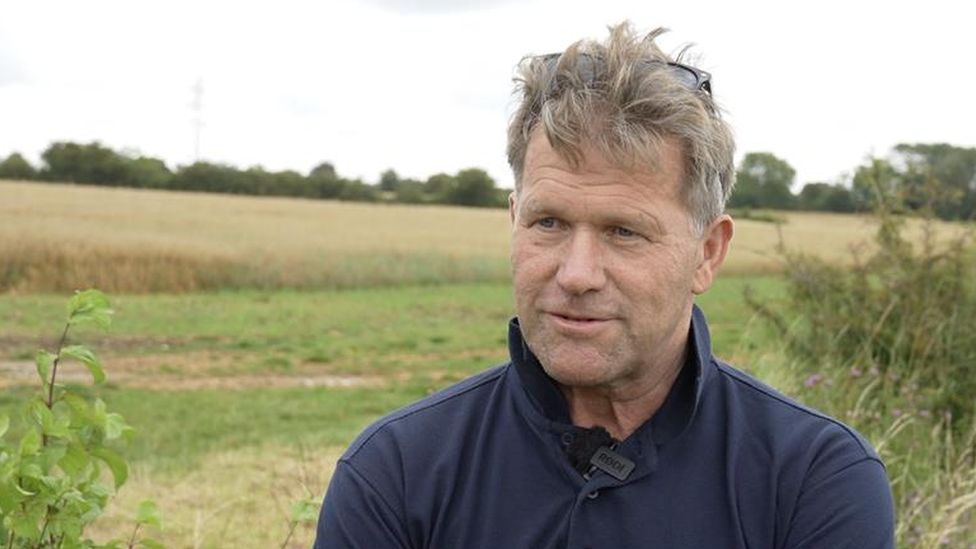
Ian Kiddy said he was not against solar panels, just where they could be put
One plot, known as Noel Green Farm, could run alongside Ian Kiddy's farmland.
"It's a sad day when farmers aren't valued and the countryside could be plastered with plastic panels," he said.
"There's plenty of brownfield sites, and roof-tops, motorway embankments and car parks.
"They don't make land anymore, we've got to look after what we've got and we mustn't industrialise the countryside," Mr Kiddy said.
Six other solar farms in various stages of planning are proposed within a five-mile (8km) radius of the Sudbury scheme.
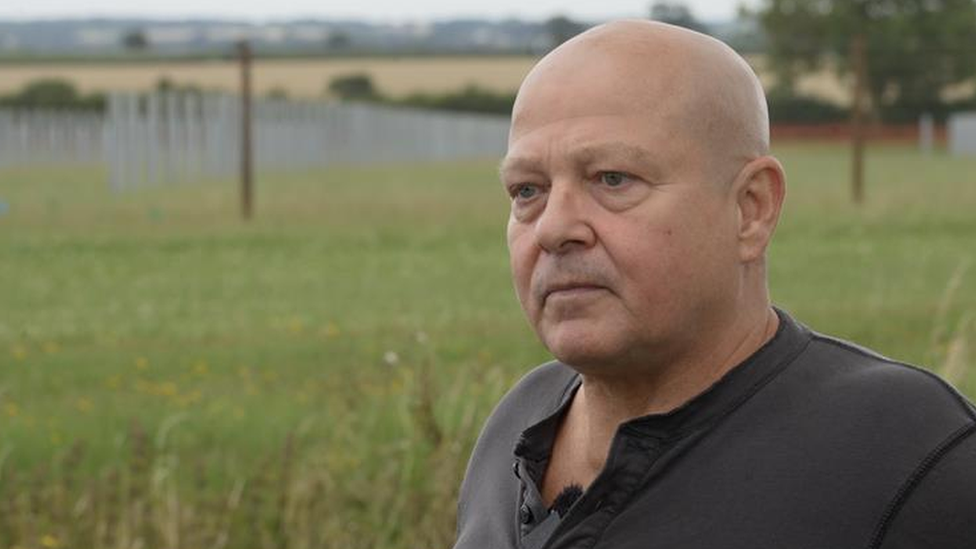
Keith Melvin said the impact of the solar panels could be felt in the area for decades
Belchamp Saint Paul resident, Keith Melvin said: "There is a strong objection, but not against renewables, only against having them on arable land," said Mr Melvin.
"Once the solar panels have gone, all we're left with is damaged land, and it would take a further 40 years after the solar panels have left for the land to become fertile again."
Colin Ramsey, development director of British Solar Renewables, said about 12,500 homes would be powered using clean renewables.
He said there were few viable locations in the area for a solar farm and it was about getting the right balance.
"There are no other alternatives, so we have energy security requirements and we also have food security requirements."

Follow East of England news on Facebook, external, Instagram, external and Twitter, external. Got a story? Email eastofenglandnews@bbc.co.uk, external or WhatsApp us on 0800 169 1830
- Published12 March 2024
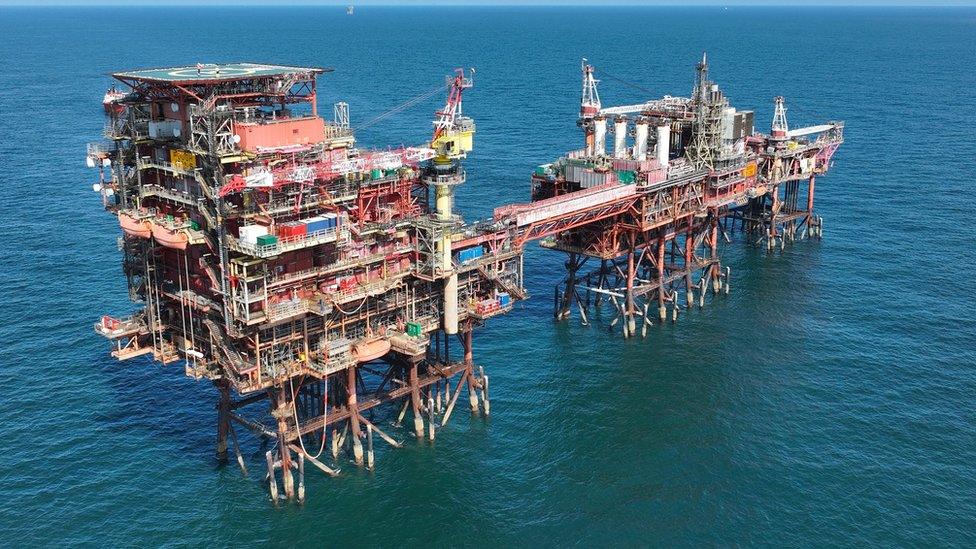
- Published19 May 2022
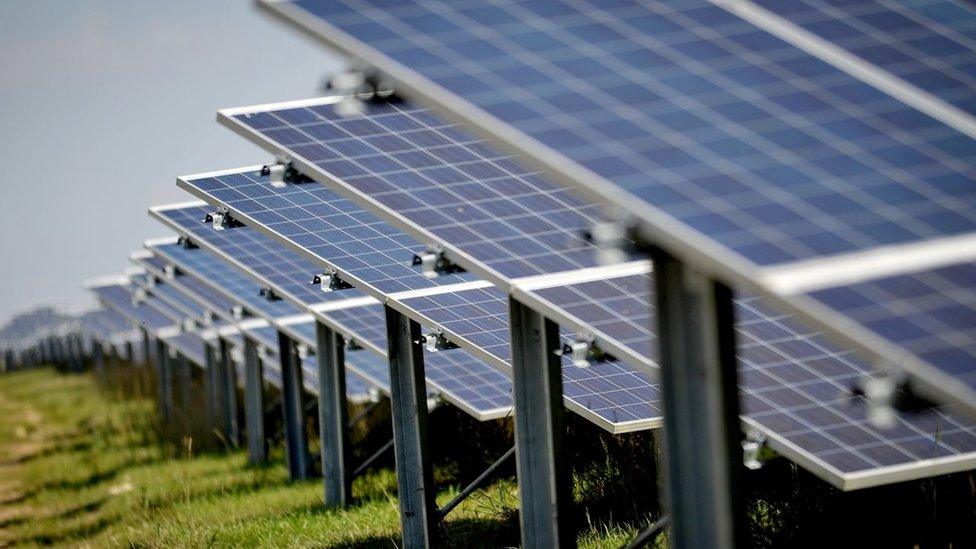
- Published4 October 2021
